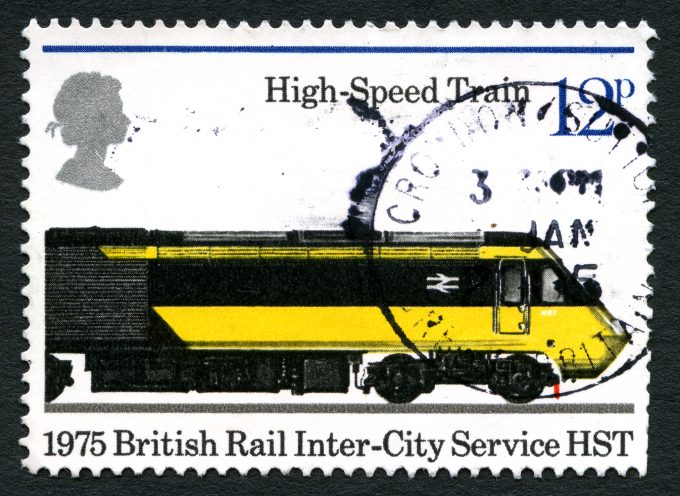De minimis change would be 'no bad thing' for logistics operators
Logistics suppliers appear increasingly unfazed by the chaos emanating out of the White House and ...

Rebranding a parcel as a passenger could offer major benefits to road users, consumers and the UK’s rail network, and alleviate trucking shortage problems being experienced across Britain.
Logistics companies met with representatives of the UK’s rail network this month to discuss Parcels as Passengers, a new initiative involving carrying packages on commuter trains, bypassing highly strained truck networks.
Parcels as Passengers would involve securing packages in disused train seating bays, many of which are empty outside rush hours and, especially, late ...
Maersk u-turn as port congestion increases across Northern Europe
Apple logistics chief Gal Dayan quits to join forwarding group
Maersk Air Cargo sees volumes fall as it aims for 'margin in favour of revenue'
Airlines slash freighter capacity post-de minimis, but 'the worst is yet to come'
Houthis tell Trump they will end attacks on Red Sea shipping
Transpac rates hold firm as capacity is diverted to Asia-Europe lanes
MSC revamps east-west network as alliance strategies on blanking vary
India-Pakistan 'tit-for-tat' cargo ban sparks sudden supply chain shocks


Comment on this article
Paul lancaster
October 29, 2021 at 2:20 pmThis harks back to the days of Redstar parcels, when most mainline stations had a parcel pick up point.